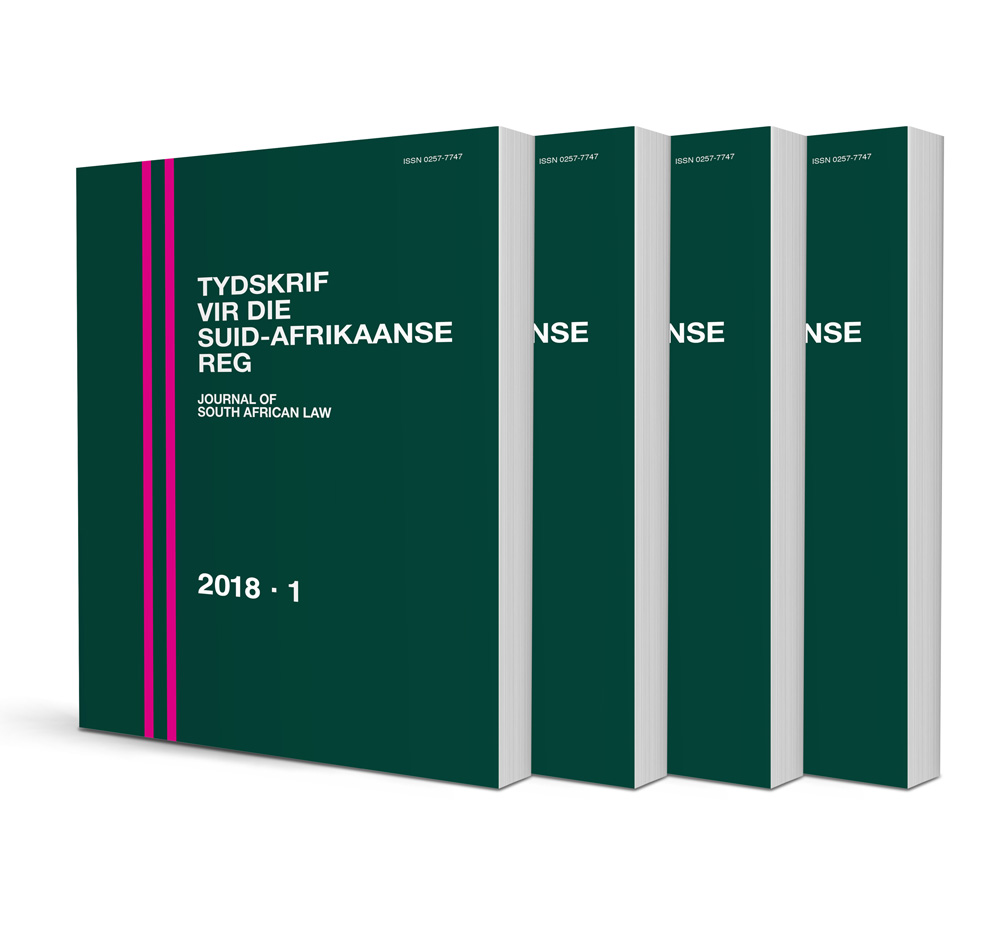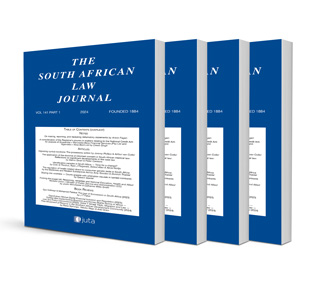Abstract
In the realm of taxation, the South African Revenue Service has the power to set aside (or alter) certain transactions to curb impermissible tax avoidance or to give effect to the substance of a transaction over its form. Equally, in the insolvency realm, the Insolvency Act 24 of 1936 provides for certain instances where a transaction can be set aside if it falls within the ambit of impeachable dispositions. In this note, we consider the intersection between insolvency and tax avoidance with specific reference to the overlap between voidable preferences and impermissible tax avoidance arrangements, on the one hand, and substance over form and dispositions not made for value, on the other hand. This analysis highlights the significance of the timeline of events. We argue that SARS would only be able to benefit from both the avoidance mechanism and the setting side of the impeachable disposition when the tax avoidance remedy precedes the sequestration or liquidation order and the subsequent setting aside of the impeachable disposition.

